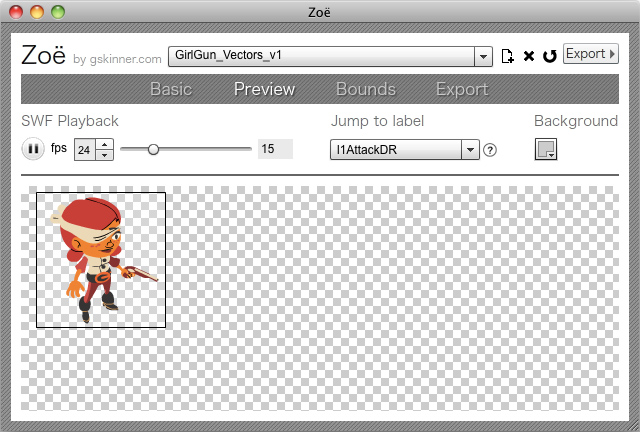I’ve seen a few people complaining about and/or questioning the lack of mature tools to develop content for the modern web (aka HTML5), and it got me thinking about the evolution of these tools, and how challenges are solved for technology platforms in general.
In my (albeit limited) experience, there is a natural progression for a maturing technology stack, particularly one without a single master (ex. Flash and iOS development differ somewhat because the tools and platform are directed/developed by the same entity).
First, you will see the development of a lot of frameworks, starting with micro-libraries that address a single challenge, and evolving to macro-frameworks like JQuery that tackle an entire workflow. Developing frameworks has a very low barrier to entry, and provides an ideal way for developers to explore and share a variety of potential solutions for challenges. Because the libraries are written in the domain language, it also means that any developer encountering a problem can address it directly with a language they are familiar with.
As problems become better defined, and specific solutions begin to emerge as more dominant, you start to see single purpose tools created, often as command-line utilities. These have an increased investment compared to frameworks, and require that the developer has knowledge of both the problem domain, and basic desktop development.
Next, you will see partial workflow tools, which aggregate and leverage the single purpose tools (either directly, or by borrowing approaches). These put a UI on top of a number of solutions to make them more accessible to users. Again, these involve increased investment, and require additional capability (UX/UI design, more advanced desktop development).
Finally, you will see the emergence of full-scale workflow tools. These represent a major investment, generally require a team of specialists to create, and are built over the course of months or years. As such, they need to build on top of standards, approaches, and frameworks that have been well vetted by real-world use. Even then, their early releases will be limited, and will require a huge amount of community feedback and multiple revisions to “get it right”. With this in mind, early release with rapid iteration is a critical practice for any tool that aims to be successful in this space.
As an aside, code editors tend to follow an accelerated path, simply because the problems they are solving are less tied to a specific technology platform, and have been thoroughly explored for other languages.
Of course, none of these steps happen in isolation. In the JS world, you can see all of these underway simultaneously. There is an unending stream of new frameworks, as developers explore challenges, with a number of more mature ones gaining traction. There are a number of popular single-purpose tools (ex. LESS, Closure Compiler, Zoë). There are a few partial workflow tools (ex. CodeKit). And finally, there are a number of early entries in the more robust tool category (Edge, Sencha Animator, Flash Pro’s Wallaby, etc).
Further, this evolution is massively complicated and slowed in the HTML/JS world by the constant flux of the technology, the non-trivial issue of supporting multiple browsers/platforms, and the question of legacy support. Tool makers need to wait for a standard (or more frequently, a collection of standards) to stabilize and be broadly adopted/accepted before they can risk the investment to build on top of it.
This is obviously a simplified look at the problem, but hopefully helps illustrate where things are today, and why we don’t have access to fully mature tools for HTML5 development yet. They are coming, but it’s going to be an incremental process.

